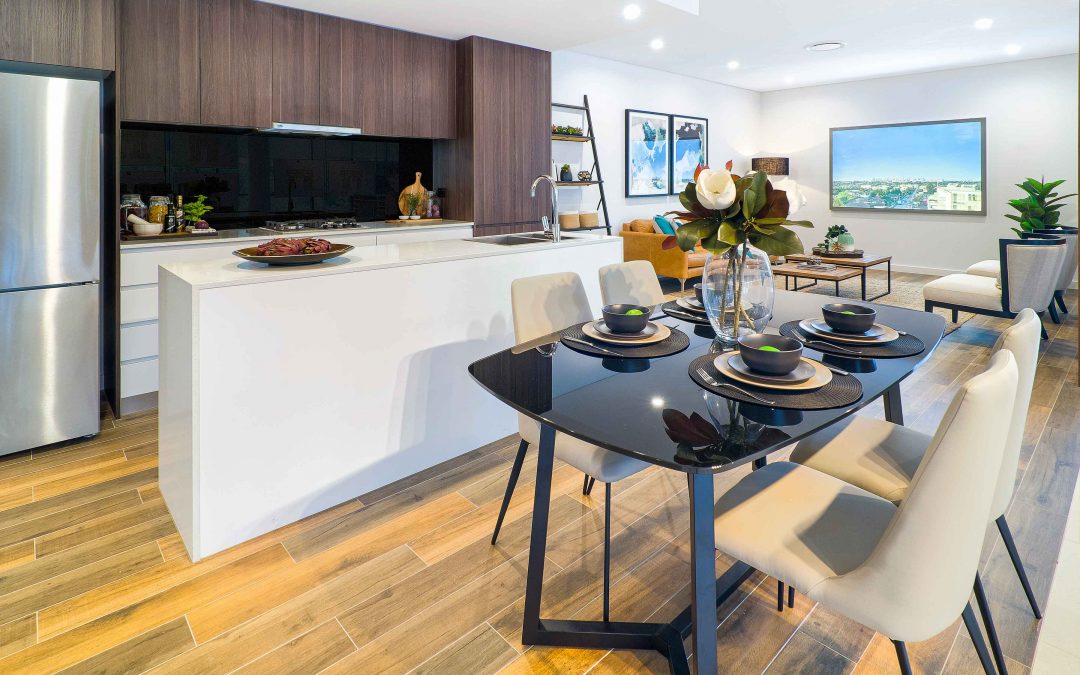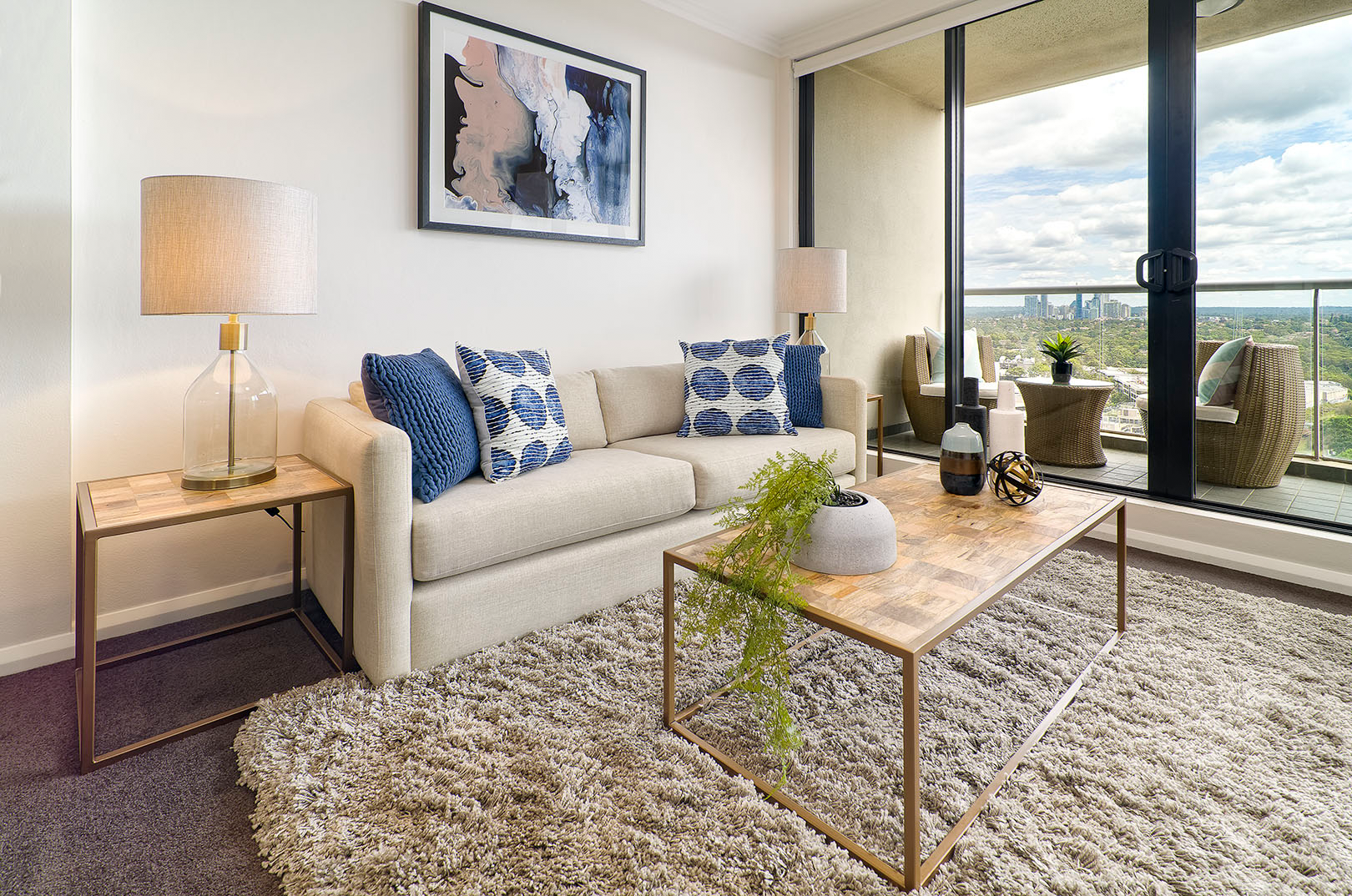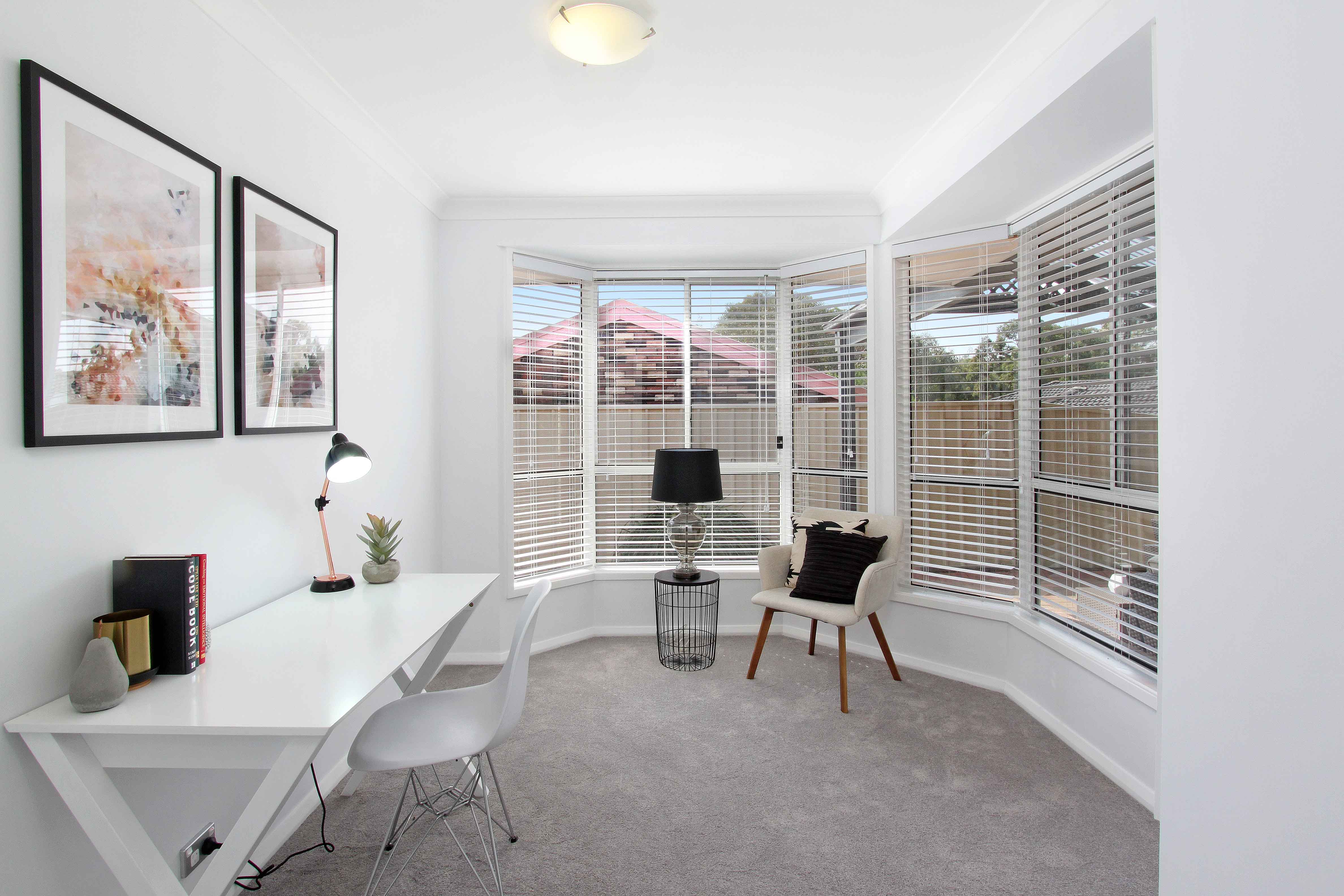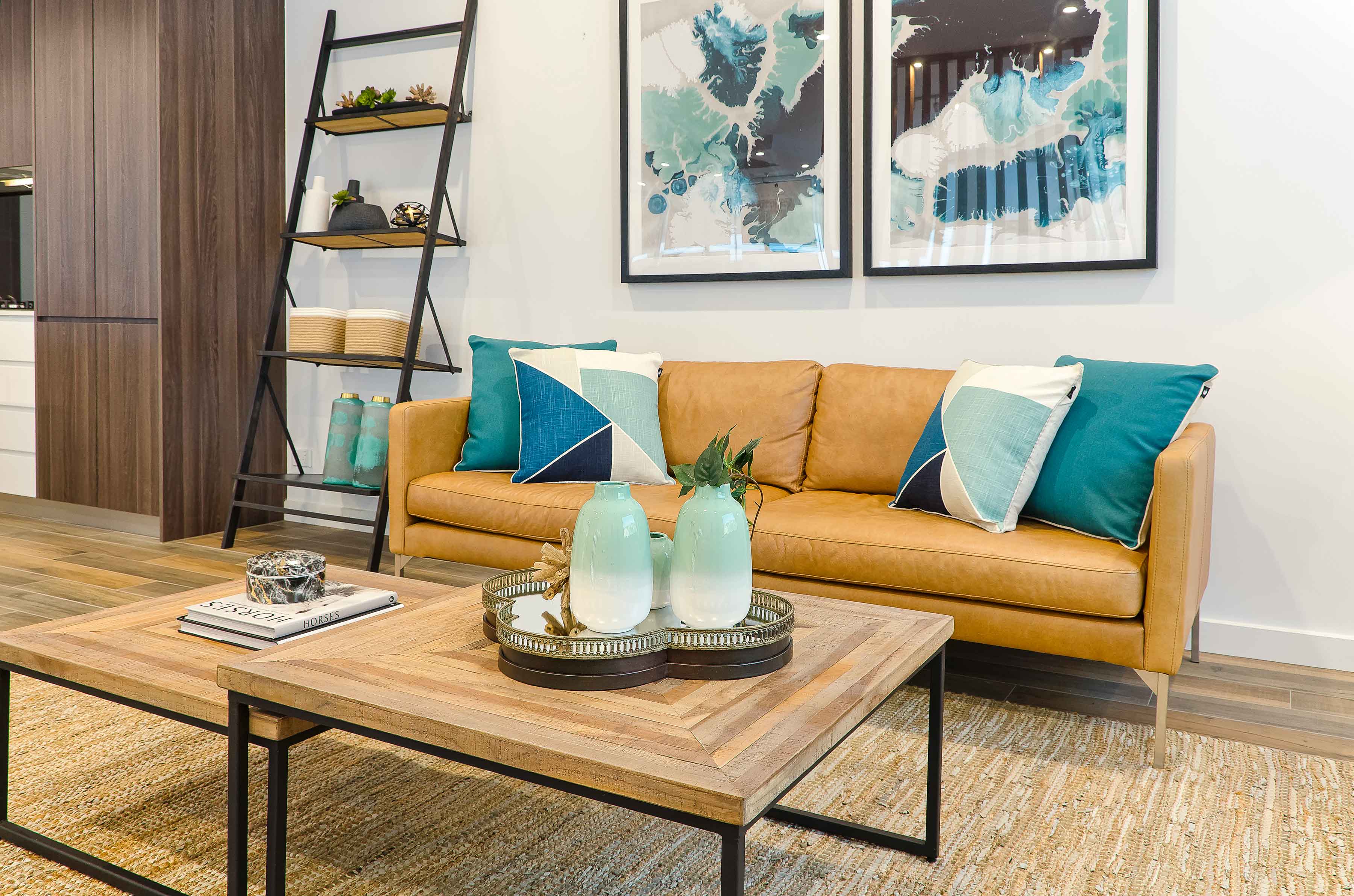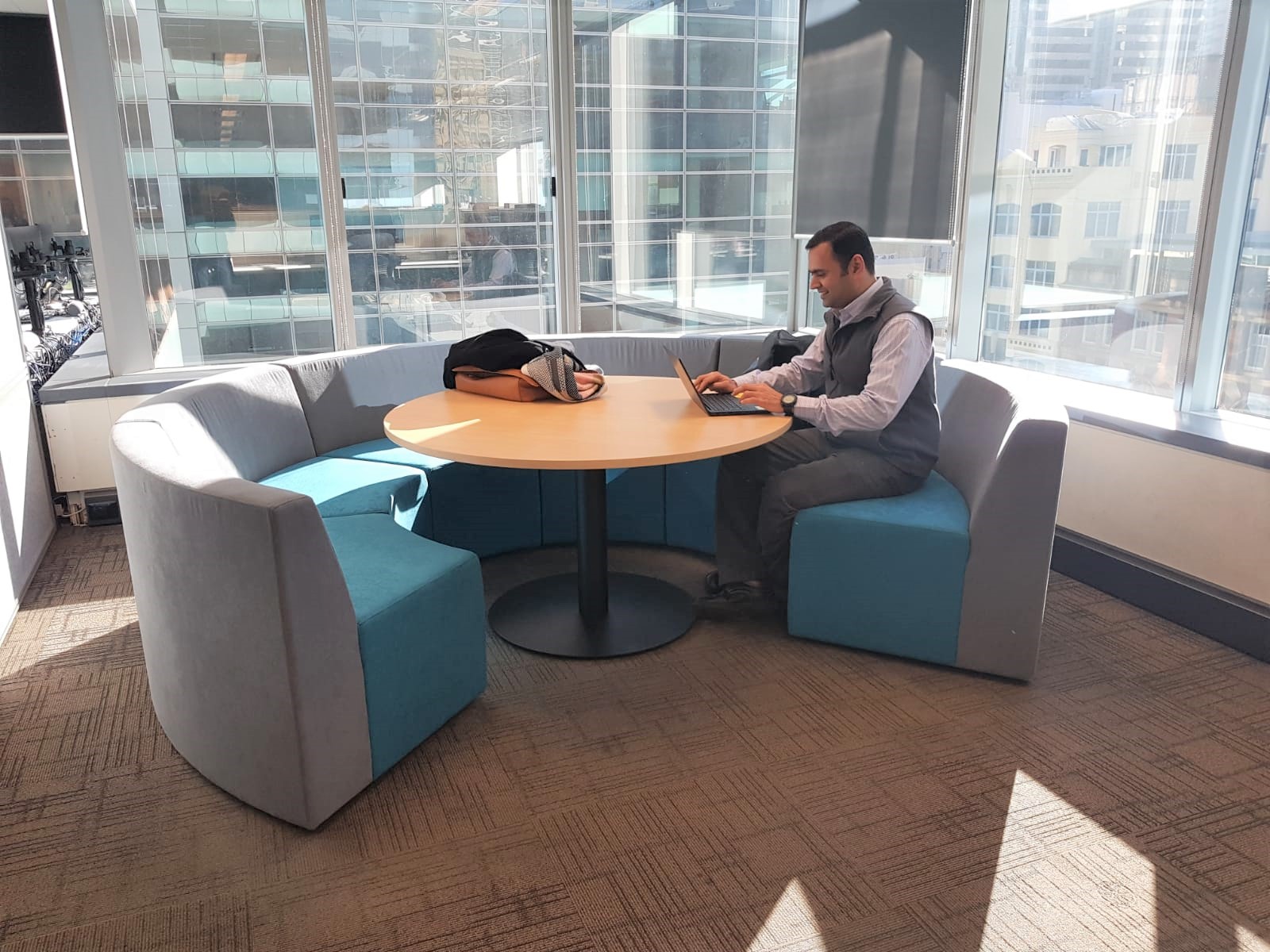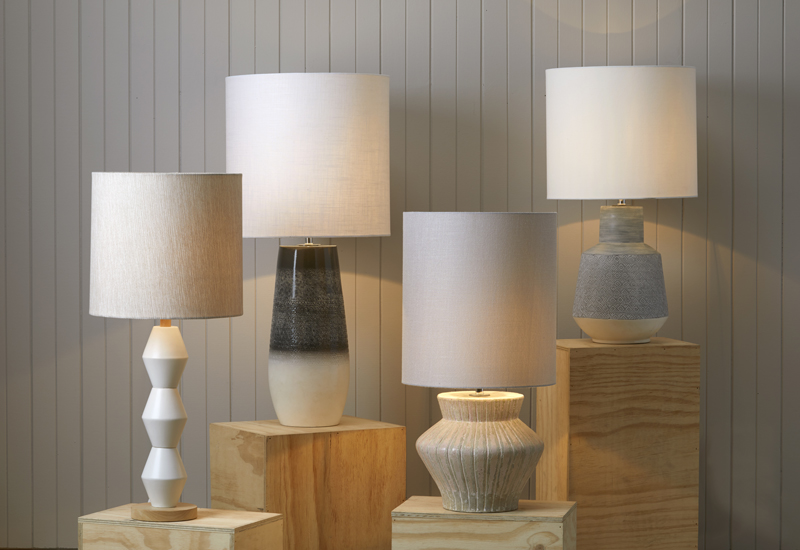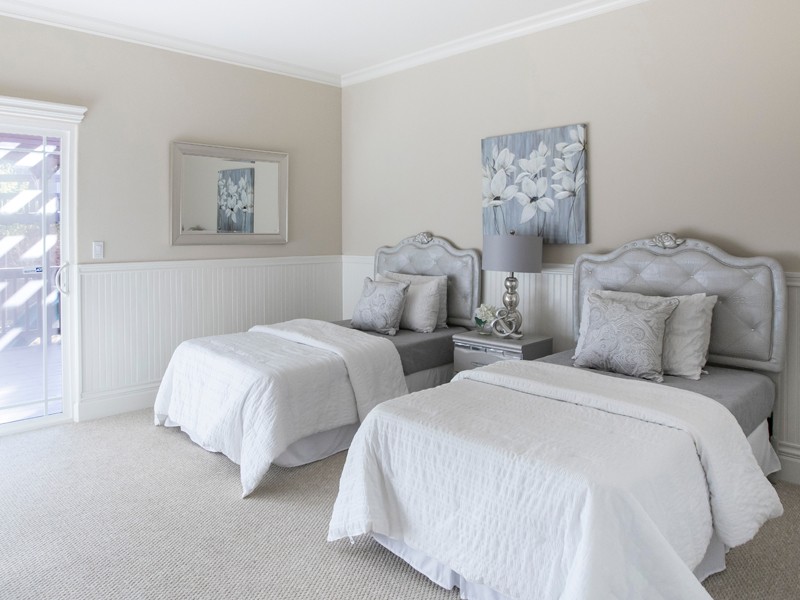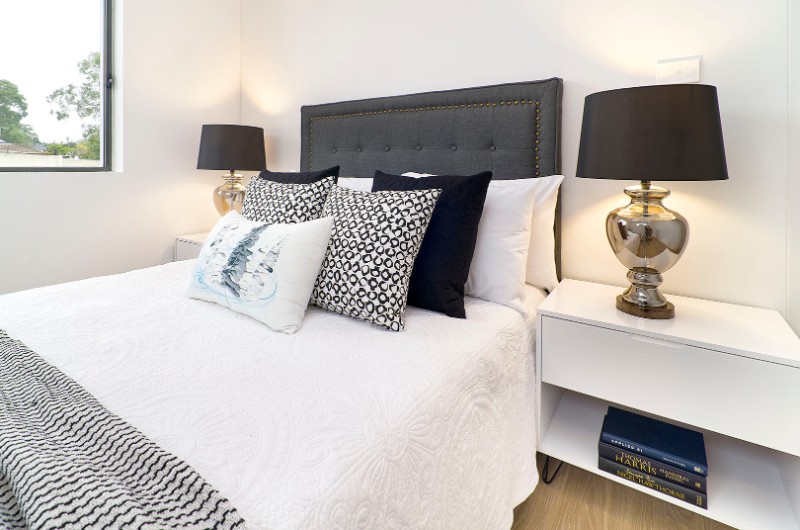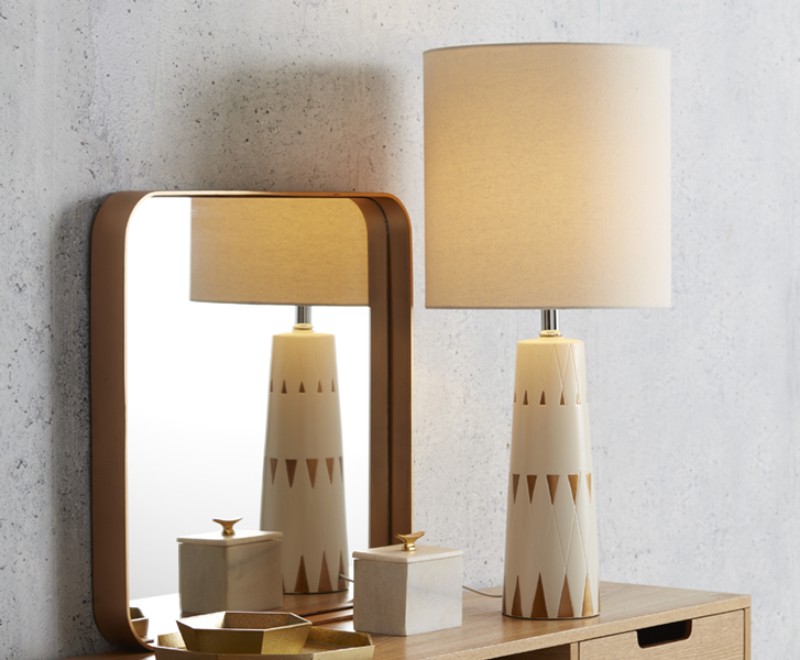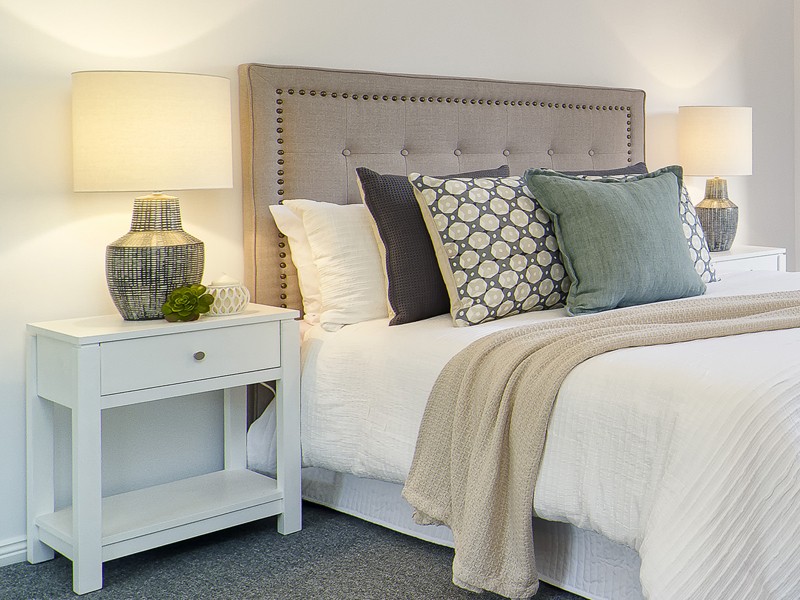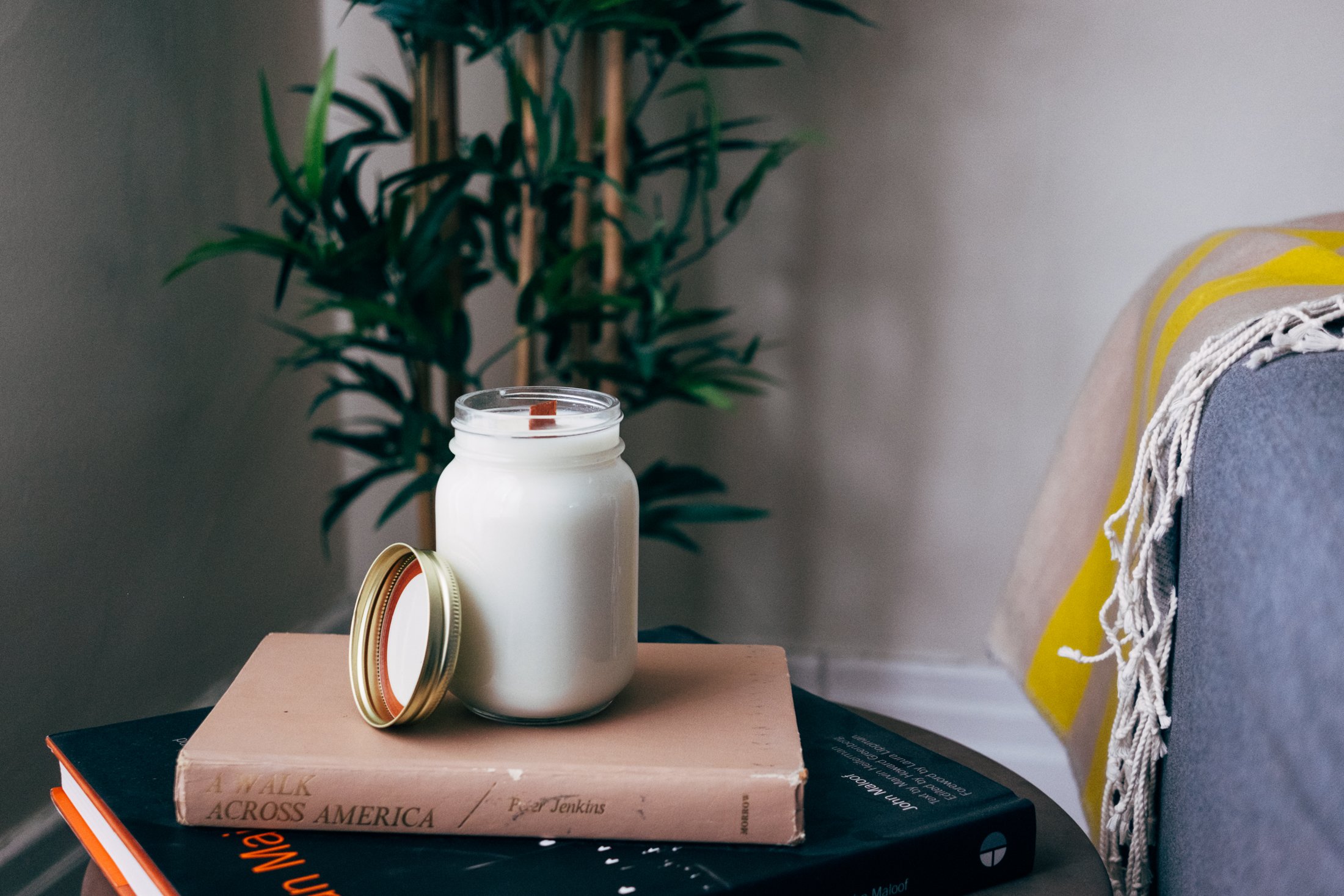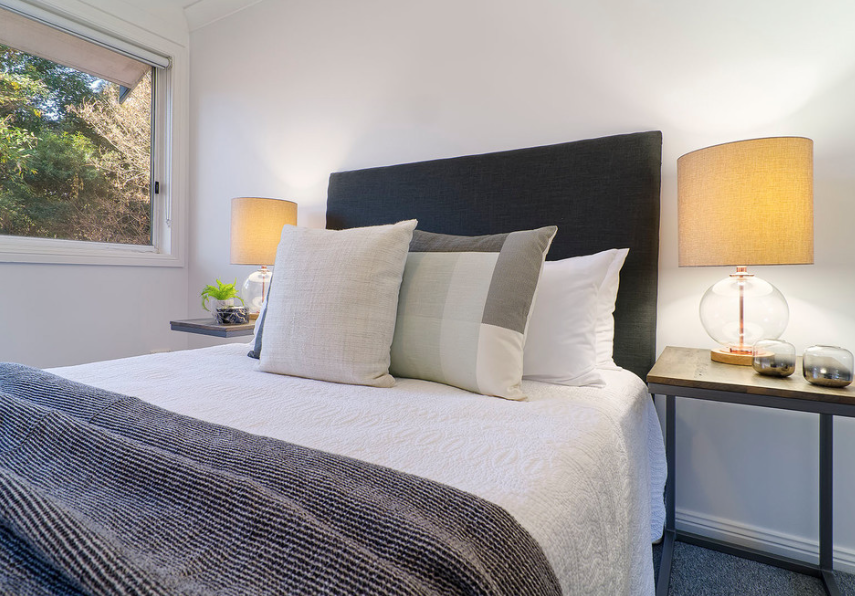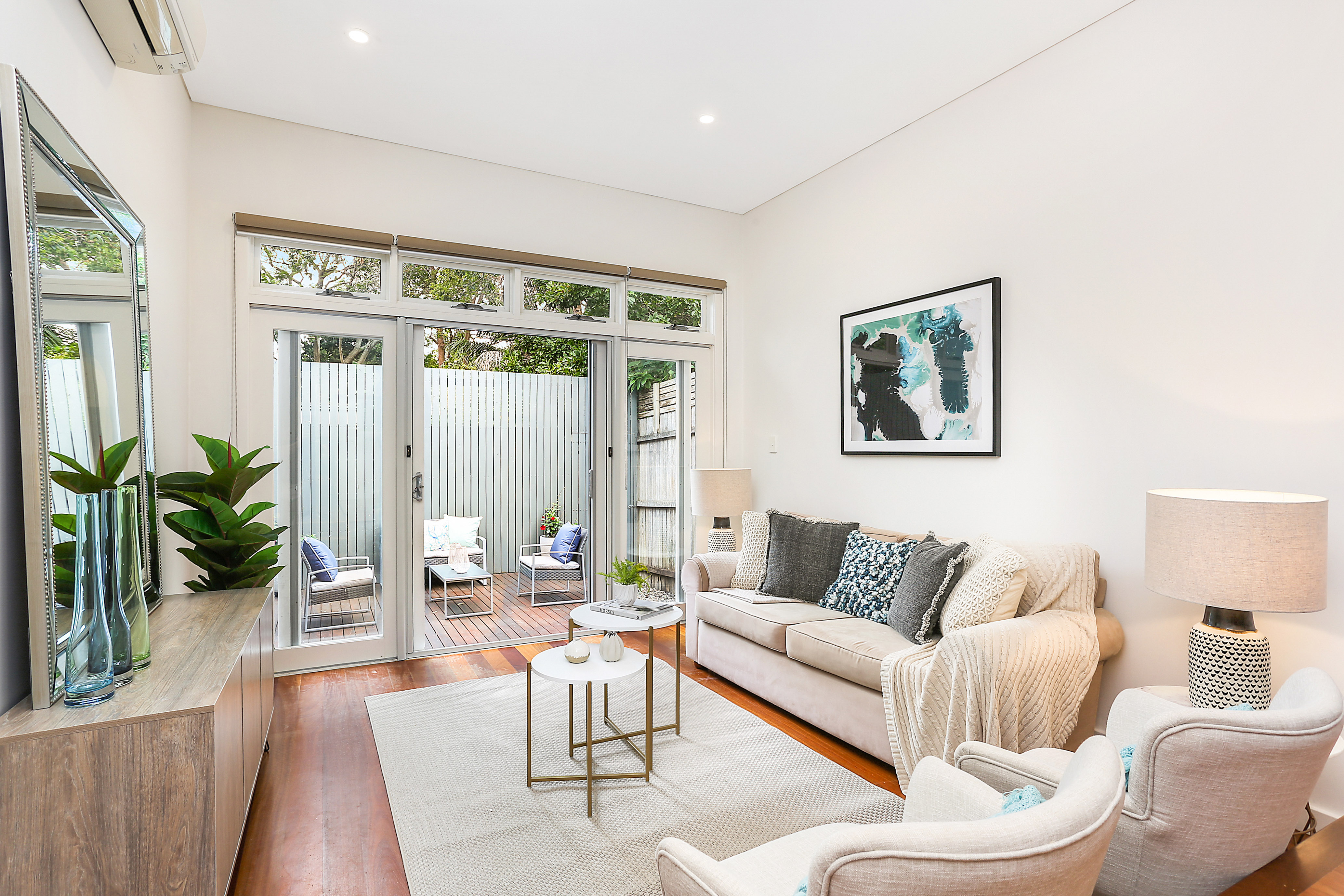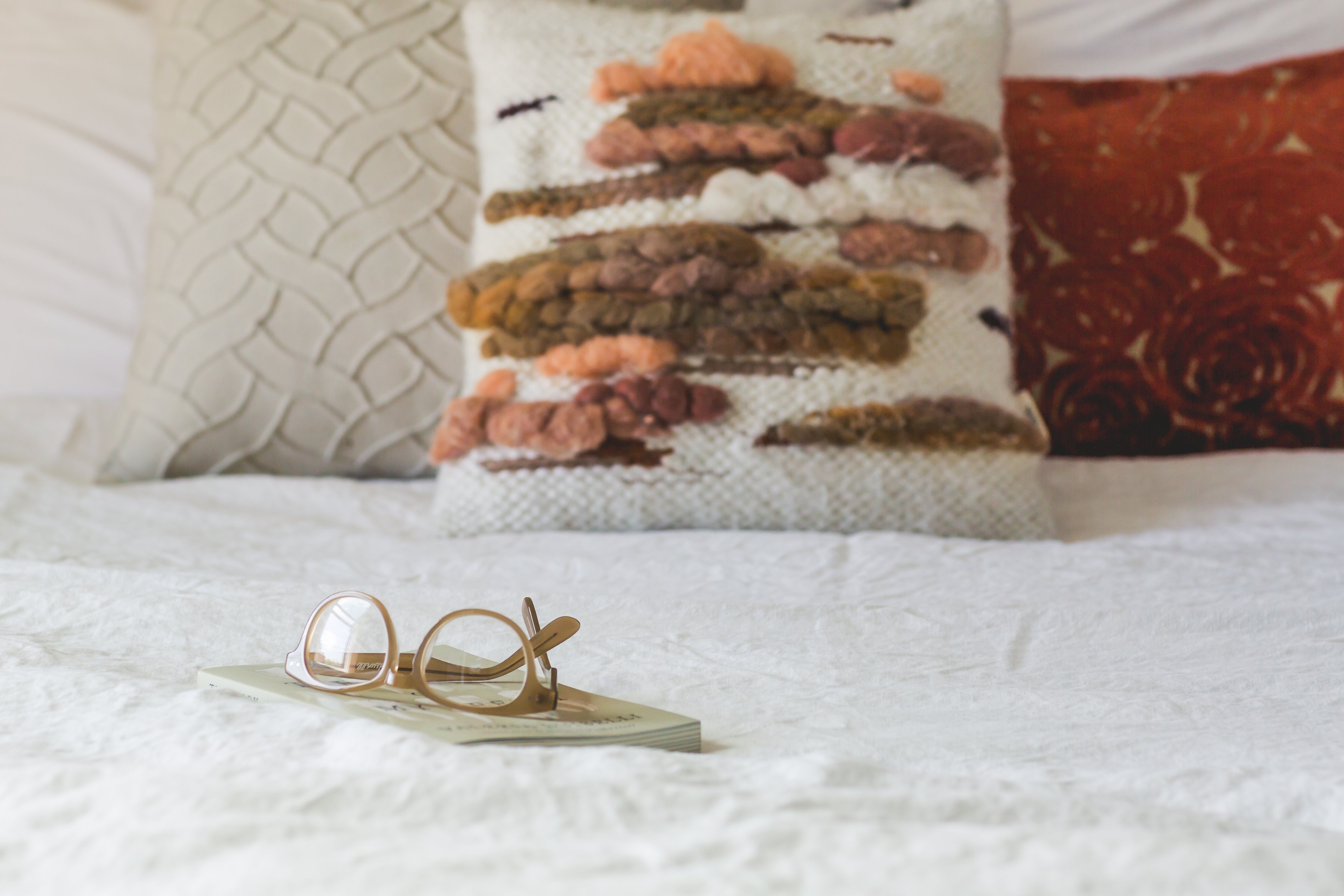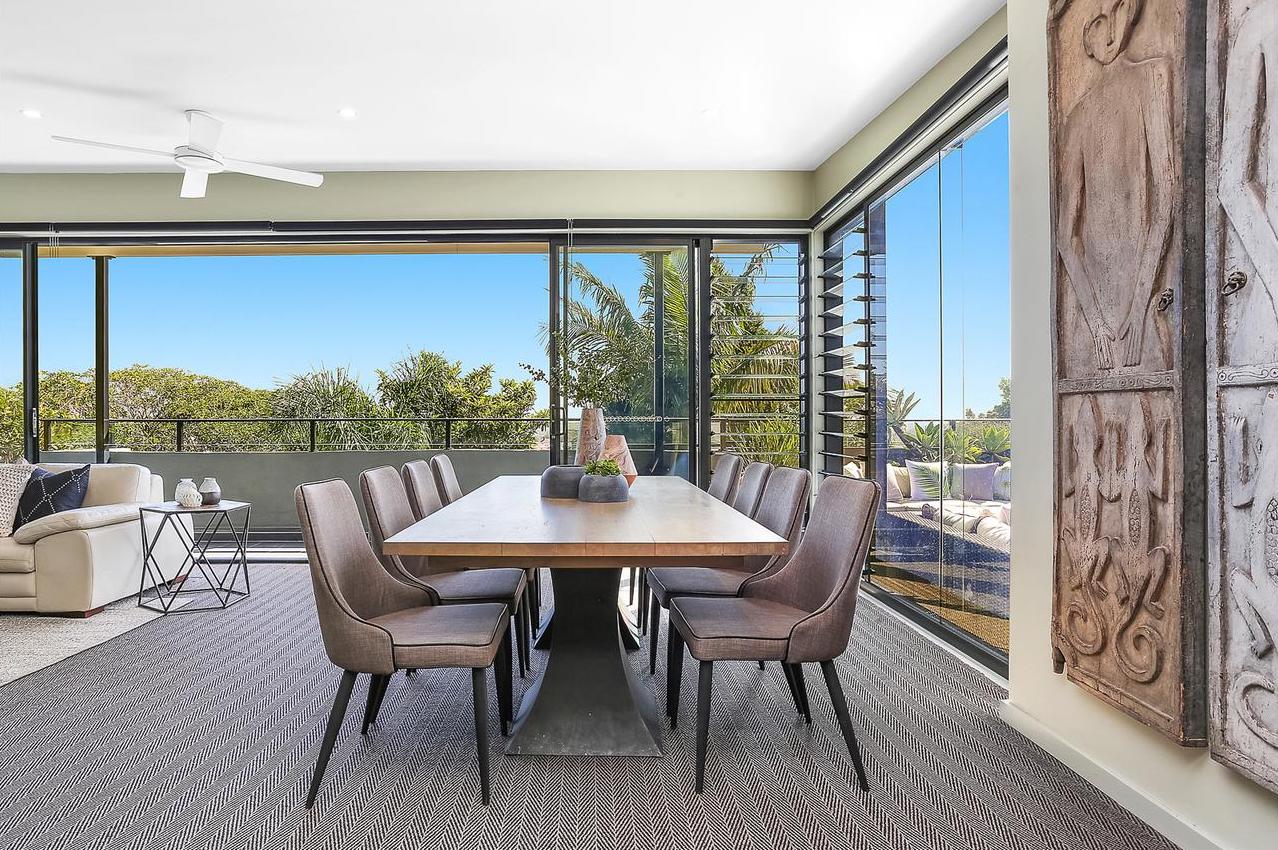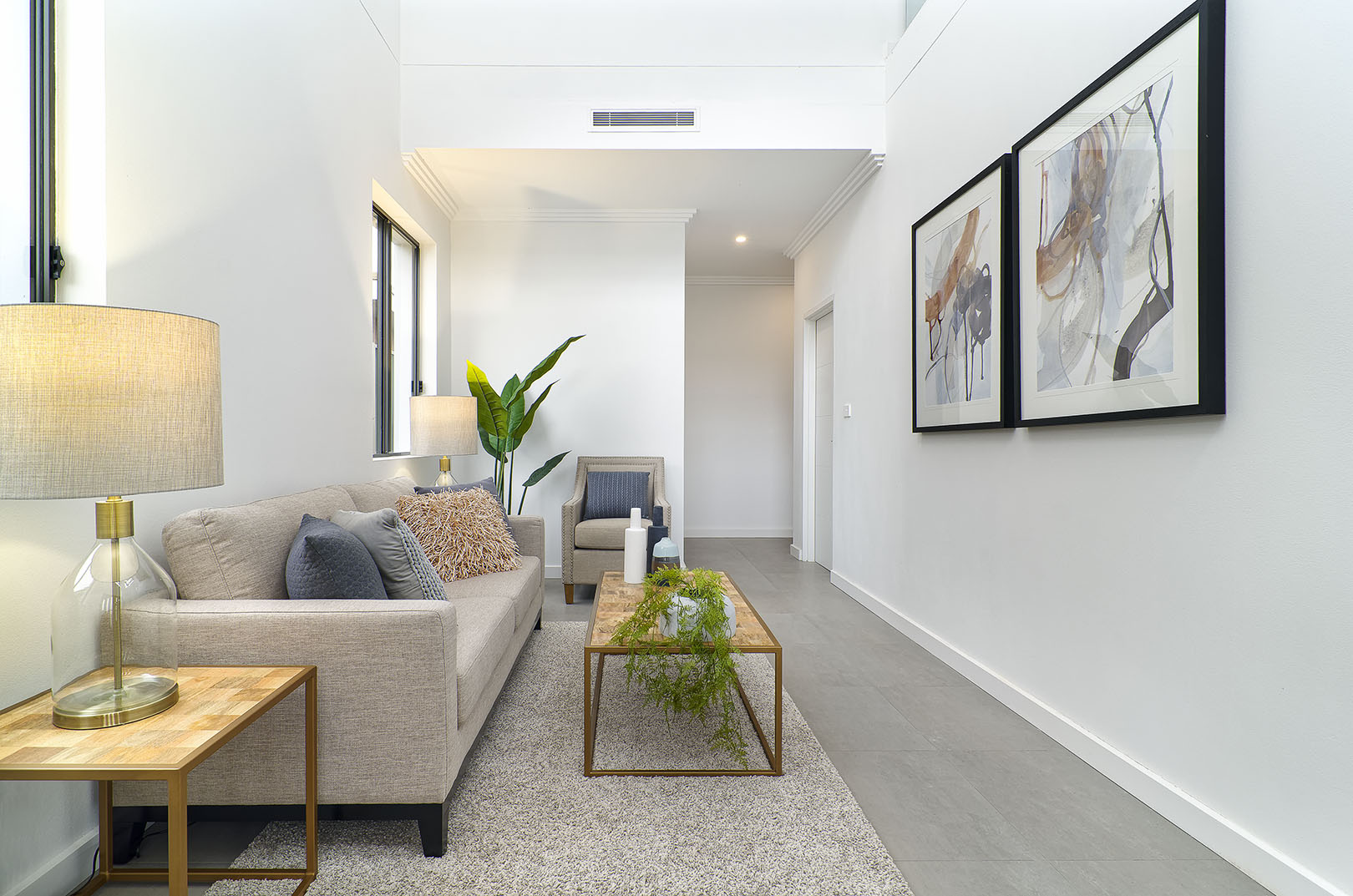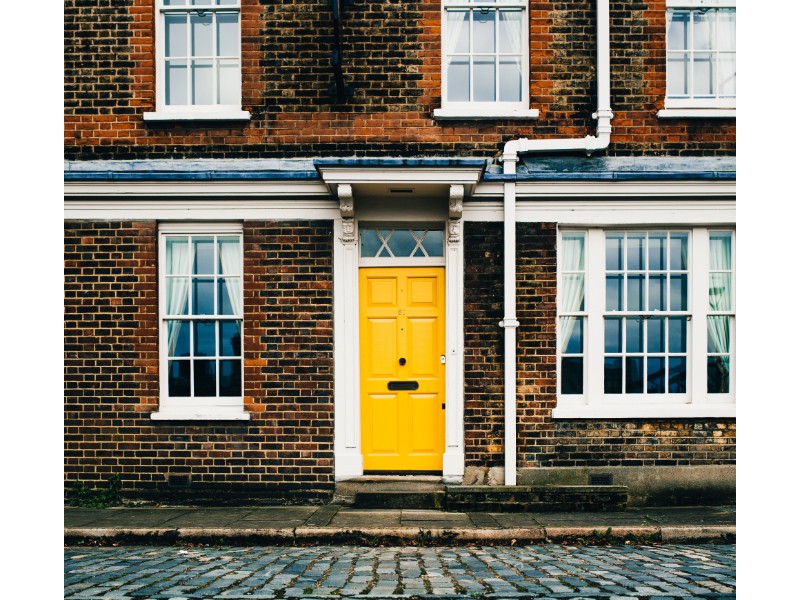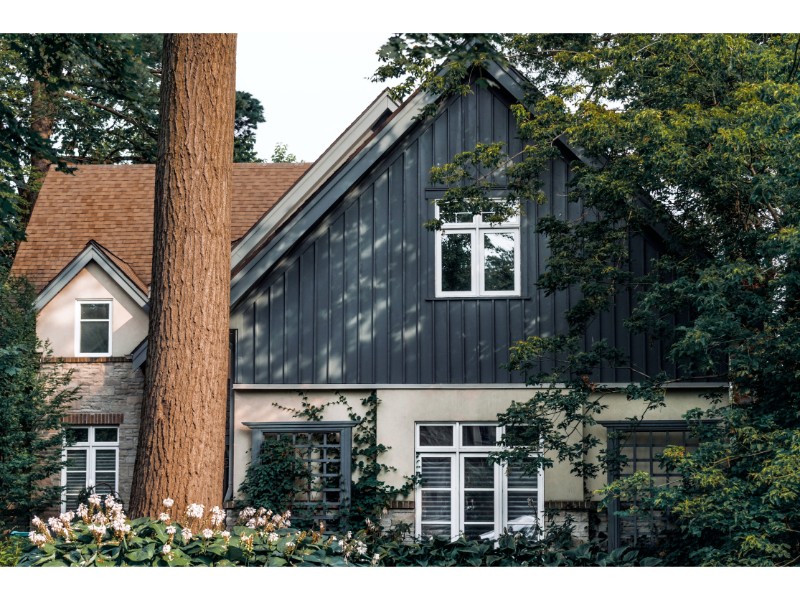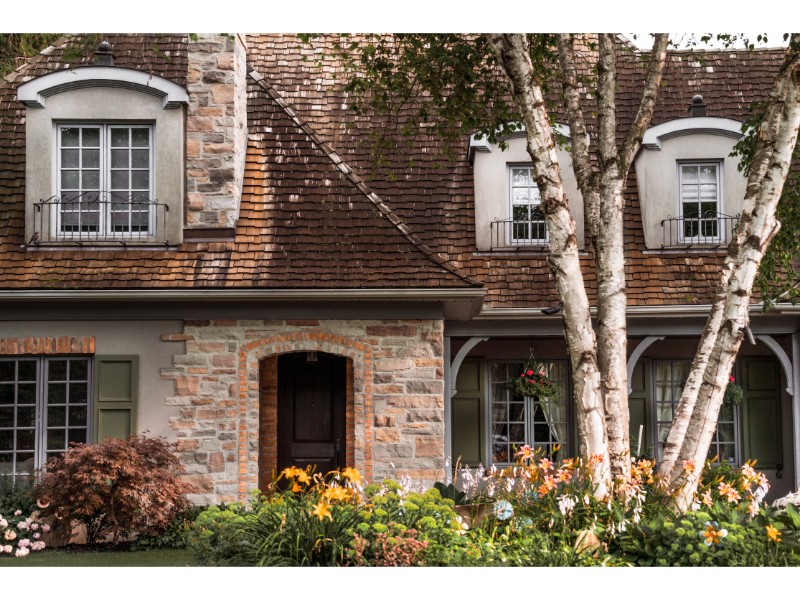
What a wonderful, colourful world we live in..
What a wonderful, colourful world we live in..
The assortment and array of colours available today are endless, and new colours and colour combination seem to be on the increase.
Colour is life!
Colour communicates. It makes a statement, sets a mood and attracts attention.
Colour is alive and diversifies our lives.
Colour is music, energizing and calming.
Colour creates warmth, elegance, boldness and tranquility.
Colour is powerful, it conveys an image.
Colour is influential. It affect us both mentally and physically.
(https://www.verywellmind.com/color-psychology-2795824)
Colour is science. Some colours add depth of field. Others capture and reflect light.
Used effectively, colour is our most conspicuous design element. Using colour consciously and harmoniously create spectacular result.
1. The Colour Wheel

In 1666, Sir Isaac Newton designed the first circular colour diagram.
The Colour Wheel, is the basic tool for combining colours, and is so designed that practically any colour chosen wil look good together.
2. Opposites Attract (Complementary Colour Scheme)
(http://www.tigercolor.com/color-lab/color-theory/color-theory-intro.htm#Color_Wheel)
Colours opposite each other on the Colour Wheel are considered complementary colours.
For example red and green.

3. The Best of Friends (Analogous Colour Scheme)
Three or more colours that neighbor each on the colour wheel, harmonizes and are pleasing to the eye. For example the colours on either side of green; these colours are colours also found in nature.

4. Two Is Company, But Three Is Not A Crowd (Triadic Colour Scheme)
As the name suggests, selecting three colours (in Triangular shape) that are evenly/equally spaced around the colour wheel.

5. Apart, Yet Together (Split-Complementary Colour Scheme)
The Split-Complementary Colour Scheme is a variation of the Complementary Colour Scheme. Here a base colour is selected, and two colours adjacent is used to create a strong visual contrast.

6. Two Pairs Equal Four (Rectangle or Tetradic Colour Scheme)
This scheme offers many variation possibilities. As the name suggests, four colours, are selected into two pairs. Notice the spacing between the shorter connecting points.

7. In The Scheme of Things (Square Colour Scheme)
The name says it all. Four equally spaced colours are chosen.

Understandably, there is so much more to colour and colour schemes than mentioned here.
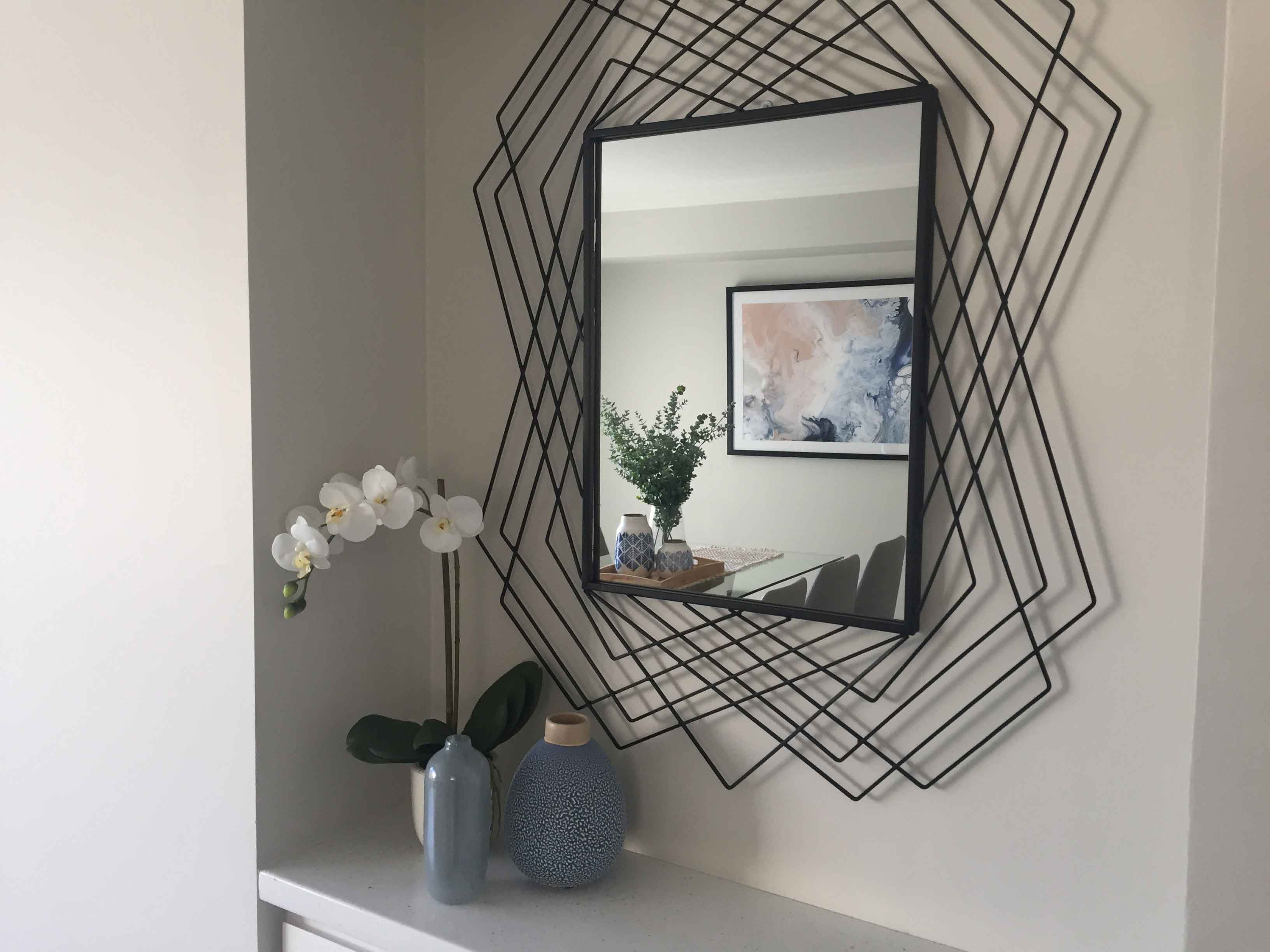
8. Calm and Simplicity – Yet Striking.
Here colour makes a statement of pure elegance and charm, simultaneously presenting a sense of boldness, and captured serenity.
Complementary Colour Scheme, (the colour of the wall and the black abstract metal frame) not only elevates the beautiful mirror but provides depth of field to the area and embraces a reflection of the dining area, which in itself is representative of various Colour Schemes combinations.
See how the colour of wall, captures the light, and is canvas to the whole scene.
9. Winners of the 2018 Houzz Award.

10. Transforming Your Property’s Interior Into An Amazing Space
Let’s Revamp is a property styling and decorating company.
- Property Stylist
- As property stylist we present your home to potential property buyers to as to generate the best opportunity for sale and at the highest potential selling price.
- On line photos of styled property capture immediate attention and interest. Majority of buyers will first look online at the photos of a property before they attend an open home or call an agent.
- Statistics have shown that a staged property sell much faster than similar unstaged property.
- Deocrating
- The process of decorating your home is to artfully design, rearrange and creatively utilise the interior of your home to transform it into a stylish, revitalising and inviting space which reflects your personal style and taste.
- We assist in finding items that would complete the desired look and feel in your home.
Contact Let’s Revamp today for an obligation free quote to find out how we can transform your property into a perfect space that will suit your needs.
http://letsrevamp.com.au/decorating
http://letsrevamp.com.au/contact Tel: 02 9659 2556 Email: info@letsrevamp.com.au

